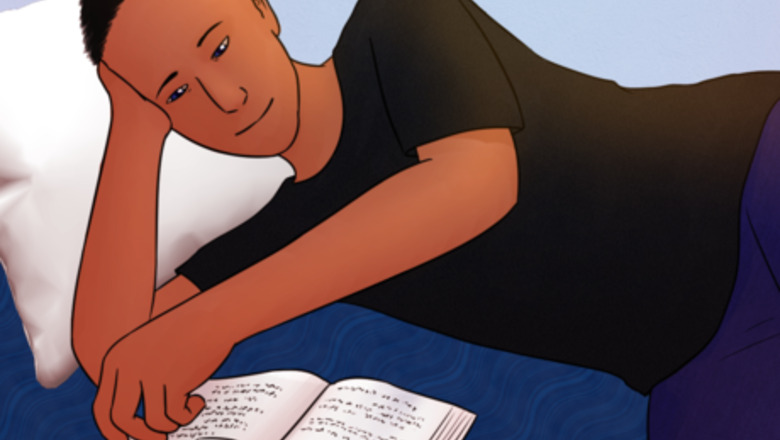
views
Preparing to Write
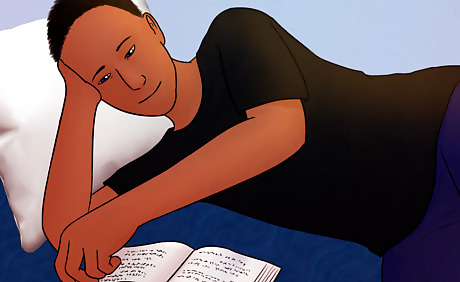
Read other books. Reading books both in the genre you want to write in and outside that genre can help you improve your vocabulary, develop a broader perspective, get inspired, and delve into the depths of the conventions of the lesbian romance novel genre. This can help provide you with a broader set of ideas to draw from when setting out to write your own lesbian romance novel. Some examples of lesbian romance novels are Huntress by Malinda Lo, Wilder Girls by Rory Power, or We Are Okay by Nina LaCour.
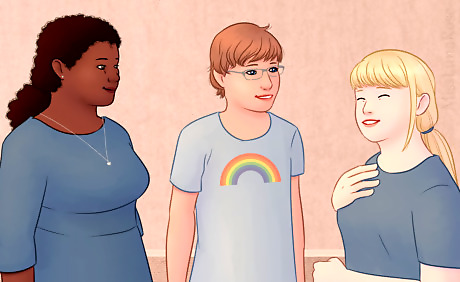
Design your characters. Come up with names, ages, personalities, and flaws for each character. Be sure to make every character unique. No two characters should be the exact same; they can be similar but not the same. What is their personality? What is their desire in life? What are their flaws and strengths? How do these flaws or strengths affect the character(s) and story? Does the character get over these flaws or phobias during the story? Is your character a butch lesbian or lipstick lesbian? Are they neither, or something else?
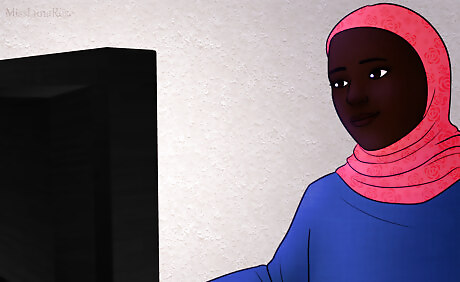
Do your research on sexuality. You should do plenty of research on sexuality and the sexuality your character(s) identify as. For example, if you plan on making the main character's love interest pansexual, you should research pansexuality to represent it properly and avoid misconceptions. Did You Know? It is widely believed that lesbians are women who are attracted to women. However, a lesbian can also be nonbinary or genderfluid. A lesbian can also be asexual (not sexually attracted to anyone) but still be romantically attracted to women. Understand the difference between “gender” and “sex”. Even if it has nothing to do with the story, it is important if you plan on writing a transgender or non-binary character who is lesbian.
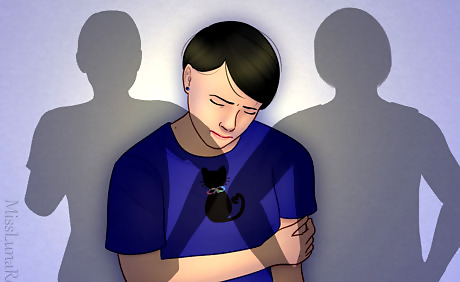
Come up with backstories. Try to come up with a unique background story for every character that explains why they do whatever they do, why things are the way they are, and how each character plays a part in the story. For example, a character may be mean due to past trauma or a character may be constantly anxious due to bullies.
Brainstorming
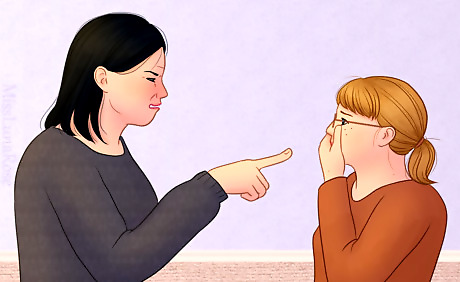
Come up with a main conflict. This will be the main focus of the story. It will be the problem that the character or characters are trying to solve. Perhaps the main character's mother is homophobic. Maybe the main character has an illness.Tip: Create a unique conflict that impacts the characters, and into other details of the conflict. Is the conflict internal or external? How will this conflict affect the characters? For example, maybe the main character has internalized homophobic, or another character faces homophobia, which is external. Decide how these characters will solve the conflict. Maybe the two lovers of the story move to another city to escape their discriminatory community where LGBTQ people aren't accepted. Get creative, but keep you're character's personalities in mind when creating a conflict resolution. A brave, adventurous character is much more likely to move to another city with their lover rather than a shy character.
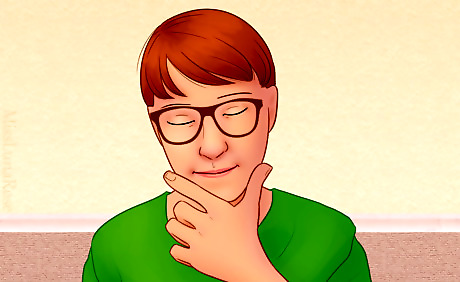
Think of a theme for the story. Every book has a theme, whether it is easy to spot or not, and it's important to identify the theme you want your book to have. To help come up with a theme, read books for ideas of how to go about with the theme. Not all themes are written in plain sight. Sometimes you need to “dig” a bit to figure out the theme. A common theme in LGBTQ fiction is the theme of "found family", which would allow you to naturally introduce several different kinds of queer characters, reducing any risk of stereotyping. Some examples of themes are, love, courage, friendship, hope, death, loneliness, and so on.
Writing the Story
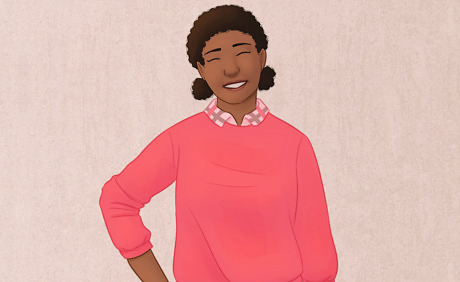
Introduce the primary character(s). Bring your main character into the story and give them backstory, as well as run down on their current situation. As for personality, give them a memorable trait and a few other traits that can be shown through their actions behavior. Sometimes, the love interest is a primary character. If the story is centered around the main character and their love interest, they would both be primary characters.
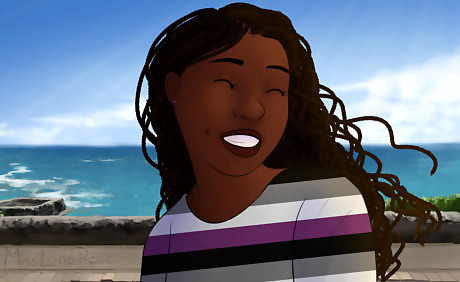
Gradually introduce the secondary characters. The secondary characters, also known as supporting characters, play a role in the story, but the story isn't centered around them. A few examples of secondary characters include the main character's family members, friends, sidekick, or love interest. Remember that sexuality isn’t the only thing about the main character. Don't define them who they are attracted to. Write a character, not just a lesbian, or bisexual girl. Dont get too hung up on the characters appearance. You can create that after creating their personality.
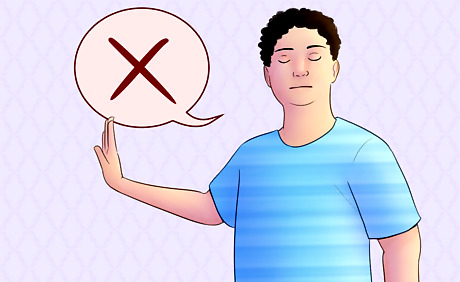
Avoid stereotypes. There are very many misconceptions about lesbians (such as all lesbians are masculine or athletic, lesbians hate men, or that all lesbians know each other). Try to avoid these misconceptions and others. Common stereotypes of LGBTQ characters include: A bisexual person who is unfaithful, or promiscuous The butch and femme lesbian couple A queer character who was actually "going through a phase"
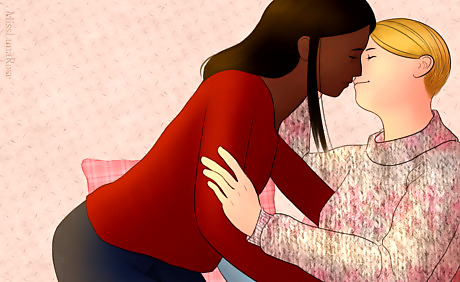
Add a few intimate scenes, if you want to. Many romance stories include sex scenes or scenes where the two main lovers are intimate. Intimacy isn't limited to sex. An intimate scene could be the two characters sharing a passionate kiss or cuddling. Sex scenes should not be purely for titillation or seem to be used as a punctuation mark. They should instead be emotive, vivid, and full of sensory detail, and may even move the story forward. If your characters are asexual, you might decide not to add sex scenes, but add a scene where the characters share a tender hug. If the character's love interest, is demisexual, they might wait until they have a strong emotional bond before having sex. Don't feel like you need to add sex scenes.
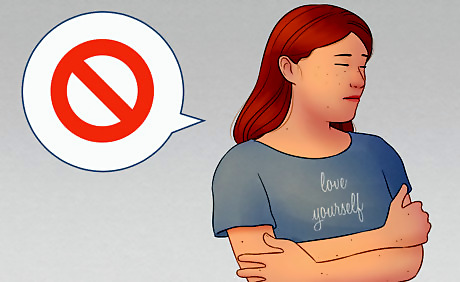
Don’t define the character by their sexuality. Simply because your character is a lesbian, doesn’t mean they are just a lesbian. They might also be a writer, musician, or a doctor. They also will have many different personality traits (such as strong, smart, excitable, easily-bored, etc.) or fears, like spiders, vomiting, or getting lost. Don’t let your character be defined by their sexuality. It makes the character seem not very well rounded.
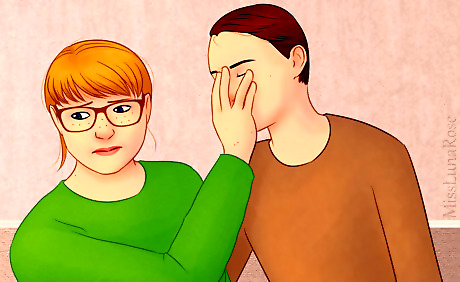
Include challenges your characters face throughout the story. Every good story has challenges the characters face and overcome. Throw in a couple well-thought out challenges for your characters. For example, maybe your main character faces discrimination for being pansexual, or perhaps a close "guy friend" of the main character tries to hit on her but doesn't know she's lesbian. Maybe the main character wants to come out to her mother, but is afraid of how she'll react.
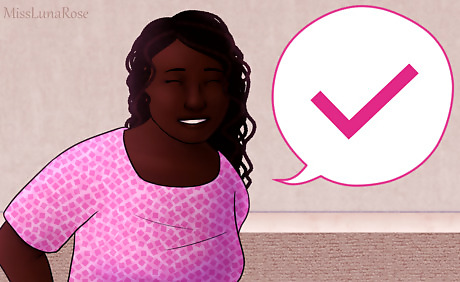
Answer any questions that weren't answered during the story. Any questions from the story should be answered at the end. For example, after two characters get together, how do the main character's parents feel? Answer the reader's questions through character dialogue or actions.
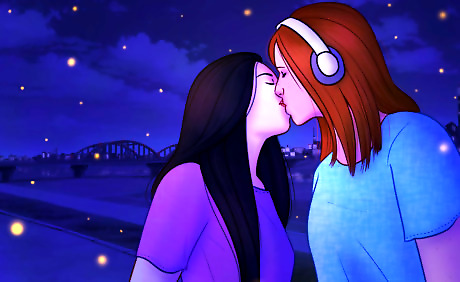
Create a happy ending for your characters. After the conflict is solved, you should work on creating a satisfying ending for your main character and their love interest. Tragic endings can play into old stereotypes. A happily ever after both fits with the conventions of the romance novel, and leaves your readers on a hopeful note.

















Comments
0 comment